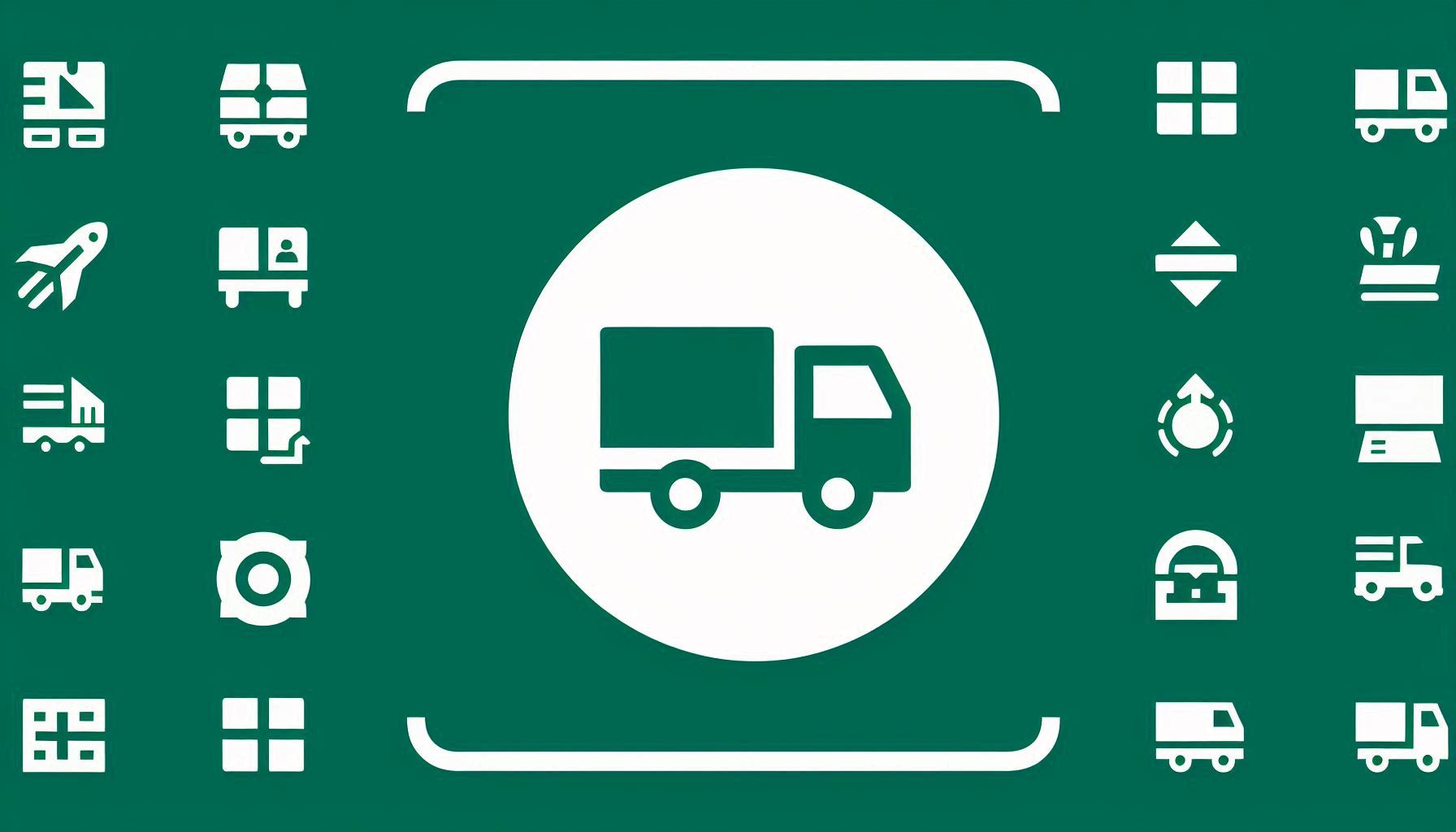Willingness-to-Comply Analysis of Incentive Mechanisms for Alleviating Local Congestion in Metro Waiting Areas

Downloads
Effectively equilibrating passenger distribution on metro platforms and carriages is important for relieving local congestion. This paper explores the role of incentive mechanisms in encouraging passenger queuing behaviours. To quantitatively analyse passenger compliance with the policy, a questionnaire survey was conducted in Fuzhou, China. According to the preliminary analysis of the survey data, passengers have various moving distance preferences under the incentive scenarios, namely, no movement, smaller distance and greater distance. Additionally, this paper establishes a nested logit model that considers travel purposes and moving distances. The empirical results show that although monetary and point-system incentives can effectively enhance passenger compliance with transfer queue-positioning requirements, when the moving distance is very small, people pay less attention to rewards. Compared to those commuting on weekends, passengers commuting on weekdays comply with policies more strongly, and the effect of implementing incentive policies is better; however, the effect of those policies is reduced among those travelling for leisure. Meanwhile, when travelling for leisure, as the number of companions increases, people’s willingness to follow guidance on where to wait increases. According to the results, the implementation of incentive-based waiting encouragement policies during peak working days can result in good compliance.
Downloads
Yang X, et al. The effect of waiting area design at the metro platform on passengers’ alighting and boarding behaviors. Applied Mathematics and Computation. 2019;358:177-193. DOI: 10.1016/j.amc.2019.04.018.
Owais M, et al. Design scheme of multiple-subway lines for minimizing passengers transfers in mega-cities transit networks. International Journal of Rail Transportation. 2021;9(6):540-563. DOI: 10.1080/23248378.2020.1846632.
Du C, Xiao M, Zhou X. Research on urban public transport status and countermeasure of Yinzhou District in Ningbo City. Proceedings of the 2015 Ninth International Conference on Management Science and Engineering Management. 2015. p. 471-481. DOI: 10.1007/978-3-662-47241-5_40.
Tong R, et al. Weighted complex network analysis of the difference between nodal centralities of the Beijing subway system. Promet – Traffic&Transportation. 2022;34(4):523-536. DOI: 10.7307/ptt.v34i4.3995.
Zhou M, et al. Field observation and analysis of waiting passengers at subway platform - A case study of Beijing subway stations. Physica A: Statistical Mechanics and its Applications. 2020;556:124779. DOI: 10.1016/j.physa.2020.124779.
Karekla X, Tyle N. Reduced dwell times resulting from train-platform improvements: The costs and benefits of improving passenger accessibility to metro trains. Transportation Planning and Technology. 2012;35(5):525-543. DOI: 10.1080/03081060.2012.693267.
Yu J, et al. Can monetary incentive regulate boarding passenger distribution on the metro station platform? Journal of Advanced Transportation. 2021;2021:1-12. DOI: 10.1155/2021/8373703.
Wu F, Yang Y, Yuan Z. Waiting location choice of passengers in urban rail transit platform during the train stop. Urban Mass Transit. 2010;13(9):52-56. DOI: 10.3969/j.issn.1007-869X.2010.09.013.
Krstanoski N. Modelling passenger distribution on metro station platform. International Journal of Traffic and Transportation Engineering. 2014;4(4):45-465. DOI: 10.7708/ijtte.2014.4(4).08.
Wirasinghe SC, Szplett D. An investigation of passenger interchange and train standing time at LRT stations: (ii) Estimation of standing time. Journal of Advanced Transportation. 1984;18(1):13-24. DOI: 10.1002/atr.5670180103.
Ji Y, et al. How does a static measure influence passengers’ boarding behaviors and bus dwell time? Simulated evidence from Nanjing bus stations. Transportation Research Part A: Policy and Practice. 2018;110:13-25. DOI: 10.1016/j.tra.2018.02.003.
Ettema D, Knockaert J, Verhoef E. Using incentives as traffic management tool: Empirical results of the "peak avoidance" experiment. Transportation Letters. 2010;2(1):39-51. DOI: 10.3328/TL.2010.02.01.39-51.
Volinski J. Implementation and outcomes of fare-free transit systems: A synthesis of transit practice. Transportation Research Board. Report number: TCRP SYNTHSIS 101, 2012.
Gao L, et al., Incentive measures to avoid the illegal parking of dockless shared bikes: The relationships among incentive forms, intensity and policy compliance. Transportation. 2021;48(2):1033-1060. DOI: 10.1007/s11116-020-10088-x.
Sohn K. Optimizing train-stop positions along a platform to distribute the passenger load more evenly across individual cars. IEEE Transactions on Intelligent Transportation Systems. 2013;14(2):994-1002. DOI: 10.1109/TITS.2013.2252166.
Gershenson C. Self-organization leads to supraoptimal performance in public transportation systems. PLoS One. 2011;6(6):1-6. DOI: 10.1371/journal.pone.0021469.
Carreón G, Gershenson C, Pineda LA. Improving public transportation systems with self-organization: A headway-based model and regulation of passenger alighting and boarding. PLoS One. 2017;12(12):1-20. DOI: 10.1371/journal.pone.0190100.
Van JHR, et al. Smart method for self-organization in last-mile parcel delivery. Transportation Research Record. 2021;2675(4):260-270. DOI: 10.1177/0361198120976062.
Sun C, et al. Multi-criteria user equilibrium model considering travel time, travel time reliability and distance. Transportation Research Part D: Transport and Environment. 2019;66:3-12. DOI: 10.1016/j.trd.2017.03.002.
Srikukenthiran S, Shalaby A, Morrow E. Mixed logit model of vertical transport choice in Toronto subway stations and application within pedestrian simulation. Transportation Research Procedia. 2014;2:624-629. DOI: 10.1016/j.trpro.2014.09.104.
Ben-Akiva ME, Lerman SR. Discrete choice analysis: theory and application to travel demand. MIT press; 1985.
Qin H, et al. Nested logit model formation to analyze airport parking behavior based on stated preference survey studies. Journal of Air Transport Management. 2017;58:164-175. DOI: 10.1016/j.jairtraman.2016.10.011.
Ton D, et al. Cycling or walking? Determinants of mode choice in the Netherlands. Transportation Research Part A: Policy and Practice. 2019;123:7-23. DOI: 10.1016/j.tra.2018.08.023.
Hensher DA, Rose JM, Greene WH. Applied choice analysis. Cambridge University Press; 2015. DOI: 10.1007/9781316136232.
Seguino S, Floro MS. Does gender have any effect on aggregate saving? An empirical analysis. International Review of Applied Economics. 2003;17(2):147-166. DOI: 10.1080/0269217032000064026.
Fu C, et al. Spatio-temporal characteristics and influencing factors of consumer behavior in retailing centers: A case study of Guangzhou in Guangdong province. Acta Geographica Sinica. 2017;72(4):603-617. DOI:10.11821/dlxb201704004.
Hobfoll SE. Social and psychological resources and adaptation. Review of General Psychology. 2002;6(4):307-324. DOI: 10.1037/1089-2680.6.4.307.
Sun Y, Xu R. Rail transit travel time reliability and estimation of passenger route choice behavior: Analysis using automatic fare collection data. Transportation Research Record. 2012;2275(1):58-67. DOI: 10.3141/2275-07.
Verbeke W. Agriculture and the food industry in the information age. European Review of Agricultural Economics. 2005;32(3):347-368. DOI:10.1093/eurrag/jbi017.
Copyright (c) 2024 Liangpeng Gao, Xiaofan Duan, Wenliang Jian, Xue Wang, Dewang Chen

This work is licensed under a Creative Commons Attribution-NonCommercial 4.0 International License.




















